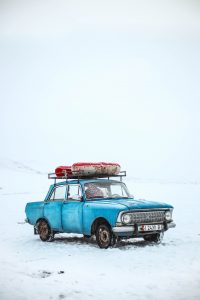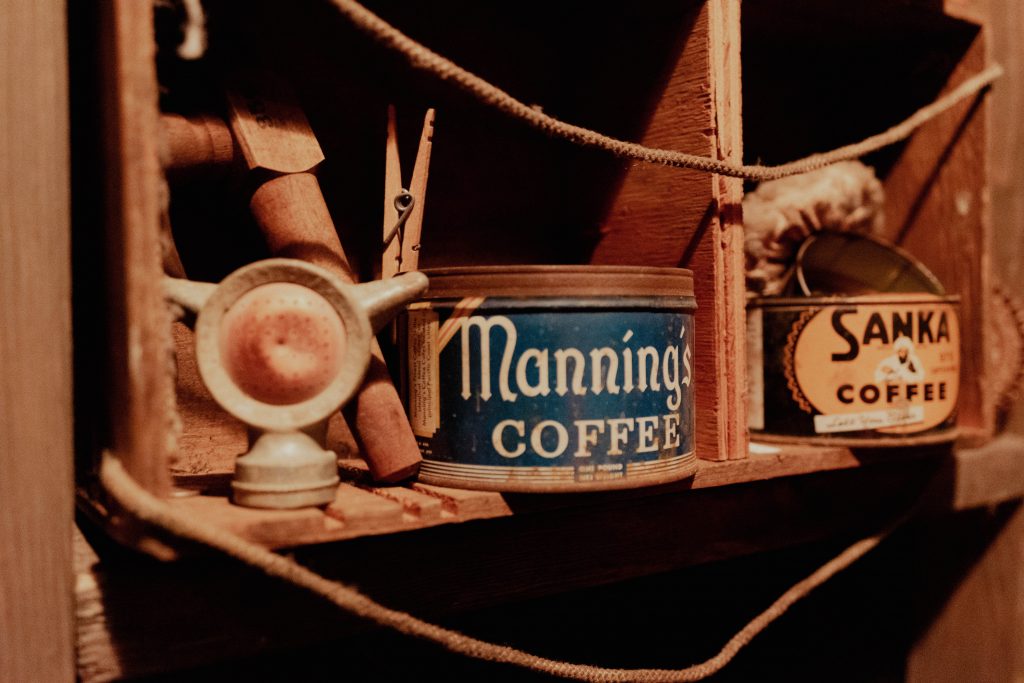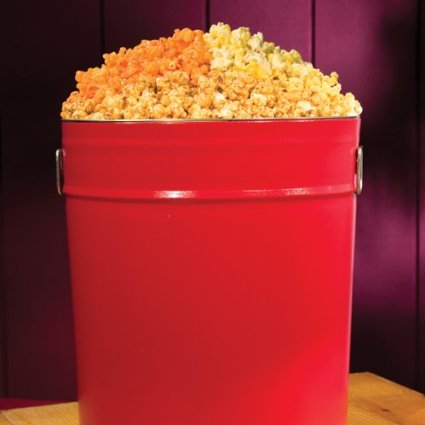
It’s a harrowing statistic, but according to the National Weather Service, about 70 percent of winter weather-related fatalities occur in an automobile. You can bet many of those vehicle-related deaths began with someone simply leaving the house to run an errand, make a short trip to visit family or friends or take care of routine business. The weather turns unexpectedly bad, road conditions rapidly deteriorate and, suddenly, what was an ordinary drive becomes an overnight ordeal.
Don’t think just because you don’t live in New England, the upper Midwest or the western mountains that something like this can’t happen to you. Even in areas where snow is a rare event, cars can slide off icy roads and become stranded in freezing weather, leaving passengers stuck right there with them. Here’s how to make it through a freezing night in your car and ride out events until help can arrive.
Be Prepared
The first thing to do as winter approaches is be sure you have stored a few key items in your car. If you wait until you need them to try to round them up, it will be too late. Essential items to include in a winter survival kit, according to a combination of recommendations by Wisconsin Emergency Management’s Ready Wisconsin initiative and survival expert Peter Kummerfeldt’s OutdoorSafe website, include:
- Bottled water (at least four quarts)
- Snack foods, particularly nutritious energy bars
- Raisins, dried fruit, nuts, candy bars
- Strike-anywhere, waterproof matches and small candles
- A flashlight with extra batteries
- First-aid kit
- Folding knife and multi-tool
- Emergency flares
- An extra winter coat, mittens and a wool cap
- Winter boots
- Toilet paper
- Cellphone and charger
- A space blanket
- A spare blanket or sleeping bag
- A portable radio with spare batteries
- Tow rope
- Nylon cord
- Flagging tape
- Chemical hand and body warmer packets
- 72 Hour Pack
Other essential winter tools in severe weather country include jumper cables, the best small shovel, tire chains and rock salt, sand or kitty litter to provide added traction when stuck on a slick surface.
Before You Go
If you’re leaving for an extended trip, always check weather and road conditions before departing. If poor conditions are forecast, you may consider postponing your trip. Also, let others know when you are leaving, which way you will be traveling and when you should arrive at your destination so they can alert authorities and provide them with solid information to help in finding you should the need arise. Fill your car with fuel and make frequent stops to stretch, relax and refill your tank, never allowing it to get much below a half tank. Should you become stuck and need to spend the night in your car, the ample gas will allow you to start your car throughout the night and run the heat for short intervals.
If You Are Stranded
First call for help if you can’t get your car unstuck. Don’t overexert yourself and don’t leave your car and begin walking for help. You stand a much better chance of being found if you remain with your car, which can also provide the best shelter from the elements. The Minnesota Department of Public Safety warns against running your car constantly. Instead, be sure the exhaust pipe is free from snow and roll down a window enough to vent the car and prevent carbon monoxide buildup. Run the car for short 15-20 minute intervals to warm up and then turn it back off, using blankets, a sleeping bag, hand warmers and the body heat of others in your car to stay warm. Eat snacks to keep nourished and read a book (another item Kummerfeldt recommends) until help arrives.
[source]



